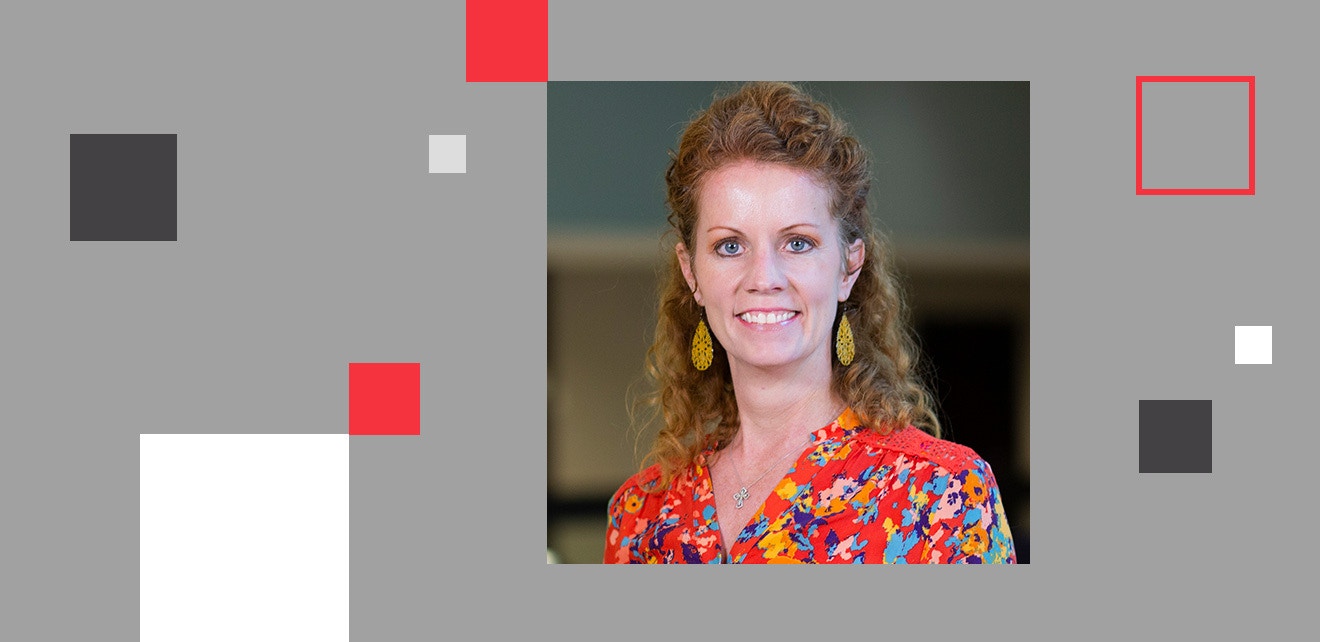Home > Blog
Read Time — 5 minutes
Effective Communication: A Q&A with ECI’s Senior Director of Global Learning and Development, Lisa Armstrong

Effective communication is critical for a successful and productive work environment. Not only does it improve relationships, productivity, and decision making, but it also minimizes misunderstandings and conflicts.
To explore this concept a bit more, we talked with our own Lisa Armstrong, Senior Director of Global Learning and Development at ECI. Lisa not only has more than 25 years of experience in sales, sales leadership, and leadership and development, but is also a small business owner herself! Her approach to leadership and training continues to inspire us, especially when it comes to adapting the way we communicate as managers and peers.
So, let’s get into it…
ECI: When it comes to effective communication, what do you think is the biggest mistake people make?
Lisa Armstrong (LA): There are two mistakes that I often see people making when it comes to communication:
- Assuming the other person is interpreting things the same way you are - We all see things through our own lens which is based on our past experiences. When someone is communicating with me, I am putting all of it through a filter of my own experiences and beliefs. This means that the way I see something may not be the way someone else does, and then our communication gets misinterpreted.
- Not giving the “why” - In the absence of the “why,” people will make up a reason. When we take a little extra time to share this important element, people are less likely to jump to conclusions or make up their own story. The more context that we can share around why something is happening or why it is important, the fewer misunderstandings there are.
ECI: In the trainings you provide our team, you often refer to DISC style. What is it?
LA: The DISC style basically tells you which of the 4 communication styles you are. It does not measure values and beliefs; it simply helps you assess people’s natural behavioral tendencies. Each letter stands for a different style:
- D – Dominant
- I – Influencer
- S – Steady
- C – Conscientious
Most of us are a blend of 2. It is best to look at one’s natural tendencies to determine DISC style. If you are curious what your style is, here is a helpful link for you to take the DISC Assessment Test.
ECI: What is most important to keep in mind when using DISC to build your communication skills?
LA: It is all about identifying where people are and trying to adapt our style. It is best to not make assumptions, but instead watch for patterns. For example, it is dangerous to assume one’s DISC style based on the job they do. Instead, look for patterns in their communication. Are they quick to make decisions or slower? Do they need more details or prefer to keep it big picture? Does this person talk about people and feelings more or process and facts? When we pay attention to these things, we can adapt our style to meet the needs of others.
ECI: Alright, you’ve convinced me. Now how can a business start putting this concept into practice for themselves?
LA: The best thing to do is start with 1 or 2 key relationships you have whether it is as a manager or a peer. Pay attention to how the person communicates.
- Do they focus more on people or process?
- Do they demonstrate a lot of emotion when speaking, or are they more monotone?
- Are they quick to make decisions with few facts, or are they more methodical and detail-oriented?
Picking up on these things can help us communicate more effectively with others. Start small and just pay attention. It is easy to adapt to someone else when you are really paying attention to their communication tendencies.
ECI: Can you share a bit about how we, as a company, leverage this effective communication technique?
LA: We train all our salespeople and our company leaders on DISC. We also talk a lot about the importance of non-verbal communication and watching your tone. Between non-verbal, body language and our tone of voice, that accounts for 93% of how people receive our communication (only 7% are the words we choose). Being present with our non-verbal communication is a great way to demonstrate respect and to be a better listener. When we are looking around, glancing at our watch, etc., people will assume that they are not important.
ECI: This is great insight! For those that haven’t met you, tell us a bit about how long you have been in your role and where your passion comes from.
LA: While I have been in my current Global Learning and Development role at ECI for five years, I’ve been teaching these types of concepts for 20 years.
I absolutely love helping people be a better version of themselves. I truly believe in the concepts I teach around effective communication skills, emotional intelligence, building trust, and so much more. I have always tried to stretch myself to grow and get better and that is what I am inspired to do for others.



